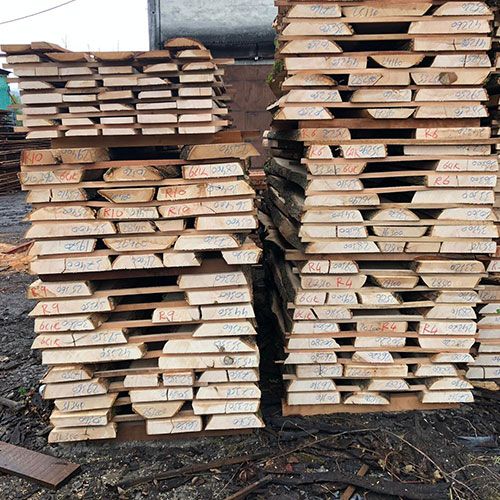


It is found on the coasts of the Black Sea, Marmara and Thrace, and in the inland regions of Central Anatolia. It is generally in mixed forests. Around Adapazarı, it forms a forest on its own.
It is in the group of mature woody trees. The outer wood is broad. Core wood formation begins in an average 50-year-old stubble. The pores are dispersed in the form of a circle. It is large and very porous. They have self rays, but they do not give a bright and specific image. The spring ring is loose and coarse-meshed, while the autumn ring is tight and fine-meshed. Therefore, it gives a live vein image. sometimes it becomes wavy, shining, flowery.
The outer wood of the ash tree is very close to white in color. The inner wood is light brown. It darkens over time. It is a hard heavy, tightly structured wood. It is easy to handle. It breaks hard. It is durable in dry environment. It deteriorates quickly due to the changing effects of the weather. It is not easily destroyed by insects and microorganisms. It focuses if stored in inappropriate conditions. It pulls a lot. Moderately bonds with glue, nails and screws. It is well varnished. It is difficult to paint with water paints. The air dried specific gravity is 0.68 gr/cm3.
Ash Timber Usage Areas?
It is not suitable for use as building timber. Massive and veneer are widely used in furniture production. It gives positive results in turning. It is used in the production of plywood. Apart from furniture and interior architecture, it is used in tool making and sports equipment. Sold in solid and veneered form. The massif is sized to hardwood lumber standards.